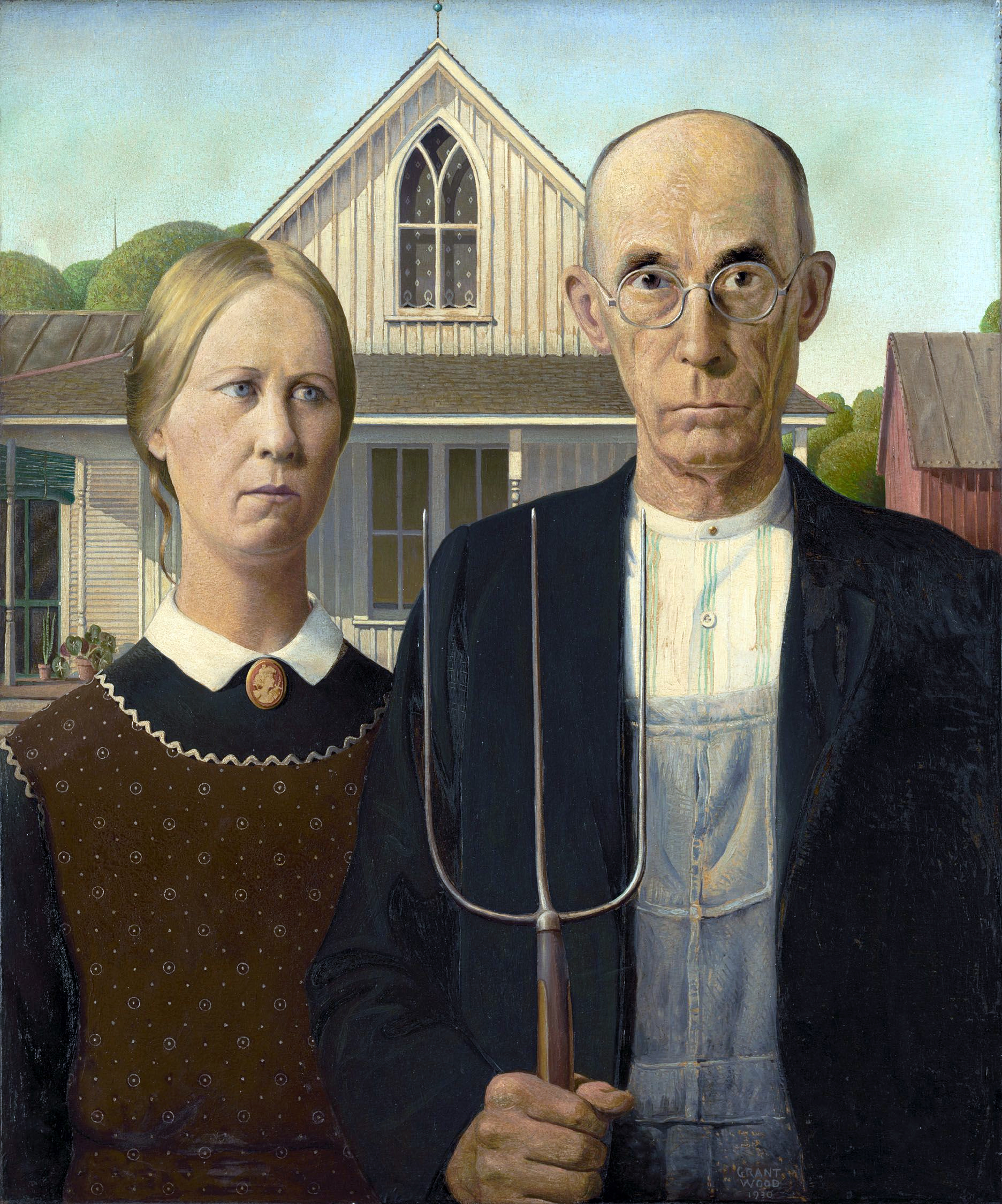How do you cope with homework when you’ve got a lot of both history and math to do? How do you teach kids to learn how to learn? Why do boys wear their pants down? As a teacher, how can you encourage attendance, good behavior, and punctuality, week after week after week?
Kim Townsel’s non-fiction Tip books answer those questions and a whole lot more. Kim (
I can call her that, she’s a personal friend, but her
students will call her Ms. Townsel, thank you!) took time out of a very busy schedule to answer some questions via Skype about her books, and the POD (Printing On Demand) process.

A National Board Certified teacher, she continues an almost twenty year career at Jacksonville State University, while simultaneously working on her PhD EdD at the University of Alabama. When she’s not working on a screenplay or jumping out of planes, that is.
Did I mention she’s stunningly beautiful, and has a soft velvety voice like Jack & Pepsi over ice? It would be easy to be pea-green with jealousy, except that Kim’s combination of Southern charm plus a no-nonsense attitude towards such thoughts blow 'em out the window.
First off - why POD, and not traditional publishing?
I had an agent who marketed the first book,
School Skills 101, for two years, and had several publishers who wanted to buy it, only they wanted me to add material. I’d already tried out several other tip books for students in high school classrooms - and the kids, especially the boys, all hated them, because
they were too long. The only way I could get the book out the way I wanted it, short and sweet, was to do it through POD.
Okay, it has to be asked - what’s with the ugly covers?
<Laughing> I know, I know, all my friends and my nephew who are in graphic design were
horrified. My thought process was to pick an especially ugly cover, so it would stand out, like the Dummies books. I may revisit the design in the future, but it’s not a priority.
Tell me about the POD process - you went with Amazon’s own POD service, CreateSpace.
I did and they’ve been great. You create your own covers, upload your edited files, and they send you a proof copy, which is actually a bound book. If
not approved, you upload your changes, then they send you another proof copy. You pay for all your proof copies and shipping, so you can make as many changes as you want, but it’ll cost you.
How about the editing? One of the arguments made is that with traditional publishing, at least you have professional editors to review the work.
On my last book, I really, really wanted to have it nice and no errors. I had 11 different people, most of them very well educated teachers, edit it one after another. And guess what, it still has errors! As a teacher, I work with textbooks and other material that is professionally edited - and those have errors, too, sometimes a horrifying number of them. I’ve come to accept that, as much as it irks me,
any book will have typos and errors.
With a Printing On Demand books, there aren’t a stack of them in a warehouse somewhere, they're printed when somebody clicks the “Buy” button. How long does it take to get the book - is it longer than a “regular” book?
Nope, two days, just like a standard book.
No smudges or wet ink?
No smudges or wet ink.
Obviously, since these are done through Amazon, all the books are available for Kindle download. What about other markets?
They’re available elsewhere, too - on Barnes & Noble, and sometimes other bookstores will order some of them, they’ve gone into Target sometimes, into other e-campus bookstores. They’re sold all over the world, although only in English; there are no translated versions.
Marketing - another bad thing about being a POD author is you have to do your own marketing.
That’s one thing I haven’t worried about, much. I don’t actually have time for much marketing, but the books do have their own pages on FaceBook. Occasionally I’ll post links or tips on those pages. I don’t have time to do an author website right now, but it was never the point to make a lot of money anyway, though the books do keep selling; nice little hitch-hikers bringing me in money to pay down my student loans.
I’m sorry - you were not looking to make money? Excuse me?
I do presentations sometimes, and I would give out these tips for free, and then later, I would get sometimes dozens of emails or calls, “Hi, loved your presentation, could you email me what you said about this-and-such? Could you mail me another handout about the-other?” This way, I could say - you want the information? It’s all in this book here. I don't have
time to give it out one email at a time.
 Let’s talk about content. Schools Skills 101, and College Skills 101 - some of the information seemed fresh and invaluable, at least to me. The answer to the question, “How do you cope with homework when you’ve got a lot of both history and math to do?” is (paraphrasing) to use a timer set for 15 minute increments, and alternate: 15 minutes of history, then 15 minutes of math. Worst case scenario, you’d still have the bulk of homework done for both classes, instead of one completely done, and the other not even started.
Let’s talk about content. Schools Skills 101, and College Skills 101 - some of the information seemed fresh and invaluable, at least to me. The answer to the question, “How do you cope with homework when you’ve got a lot of both history and math to do?” is (paraphrasing) to use a timer set for 15 minute increments, and alternate: 15 minutes of history, then 15 minutes of math. Worst case scenario, you’d still have the bulk of homework done for both classes, instead of one completely done, and the other not even started.
I also liked the tip about doing the yucky homework first, then finishing with the subject you like best. I got through some traumatic eating experiences that way.
Sadly, yes they do. I have taught in very wealthy school districts in California and Alabama, and very poor school districts, and you would not
believe the number of students who don’t know these things. It’s not a matter of poverty, of race, of culture; there are kids who are clueless how to behave from
all backgrounds. They don't know classroom manners, or how to ask a teacher for help in a way that they’ll want to give it (hint, teachers are less eager to help a student “catch-up” if she has been chatting with her girlfriends or doodling on her jeans, while the information was presented the first time.)
(Reader Tip - click on the links in the text to go to the books' FaceBook pages. Click on the picture of the book cover to go to the Amazon book page.)
This interview continues tomorrow with Part 2. You'll have to wait till then to get the baggy pants question answered!























